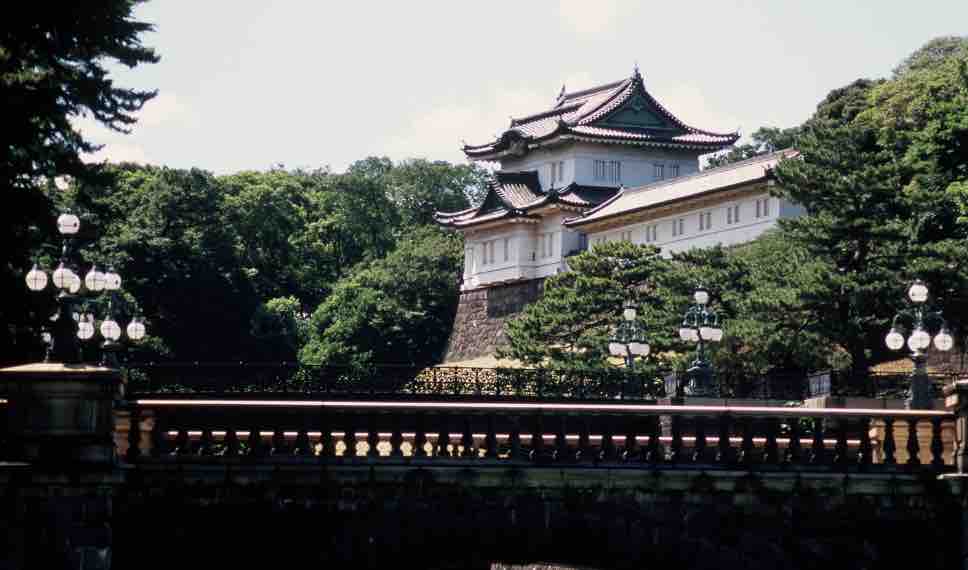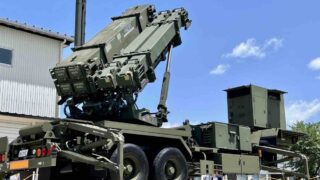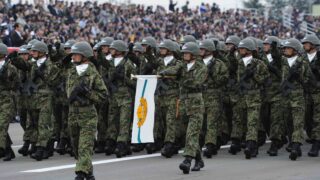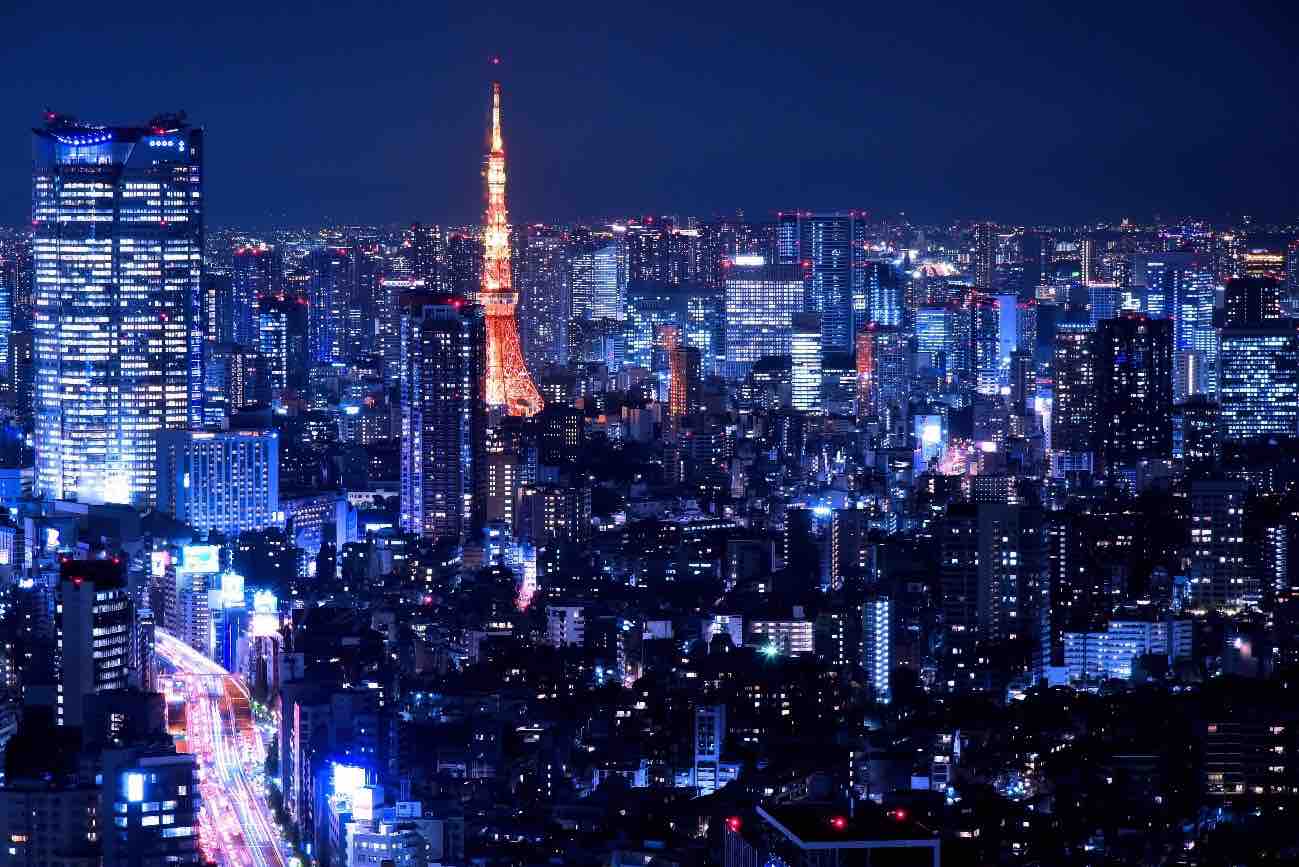No Legal Definition
“Where is the capital of Japan?”
The obvious answer would be Tokyo, since the metropolis of 15 million is not only the political center, but also responsible for 20% of the nation’s GDP. Indeed, most large companies are headquartered in Tokyo, and the central district houses the political and bureaucratic elites running the country.
In light of such fact, no one would doubt Tokyo’s status as the Japanese capital.
However, while Tokyo as the capital is somewhat common sense, there is in fact no legal basis backing such status.
There is neither a law nor decree that defines Tokyo as the capital, leaving room for some to claim otherwise. Historically, there were several Imperial decrees referring to Tokyo’s capital status, but these were nullified following Japan’s defeat in WW2.
Currently, a legislation regarding the metropolitan region’s development mentions Tokyo as part of the “Capital Area.” But, the same law includes the surrounding prefectures within the capital area, and does not stipulate Tokyo’s capital status in an explicit manner.
The Japanese Government has also noticed this loophole, officially recognizing the absence of any legal definition while pointing out to its general recognition as the capital.
Kyoto Still The Capital?
Based on the lack of any legal basis, some argue that Kyoto can still be considered as the capital along with Tokyo.
From a historical view, the Japanese capital was usually defined by the Emperor’s location. Basically, the capital was wherever the Emperor resided or had his palace.
With we apply this traditional logic, Tokyo is certainly the capital as the Imperial Palace is located in the heart of the city.
 The Imperial Palace In Tokyo
The Imperial Palace In Tokyo
That being said, the original Imperial Palace in Kyoto is also intact, still used for ceremonial purposes. Using the existence of the Kyoto Imperial Palace, it is possible for Kyoto to claim capital status as well.
When Emperor Meiji first visited Tokyo in 1868 upon the collapse of the Tokugawa Shogunate, this was officially explained as a temporal relocation to the East.
This was done to address any opposition or anxiety surrounding the Emperor’s departure from the 1,000 year capital. Emperor Meiji did return to Kyoto shortly afterwards, only to return to Tokyo and never come back.
Nonetheless, some Kyoto residents still view the Emperor’s relocation to Tokyo as “temporary” – He just hasn’t come back from a very long vacation East.
Interestingly, the word “Kyo (京)” literally means the Capital, thereby making Tokyo (東京) the East Capital from a linguistic perspective.
Taking all of these points into account, it is theoretically possible to argue that Kyoto is qualified to hold capital status alongside Tokyo, or at least a position as the sub-capital.
Should the Emperor return to his Kyoto Imperial Palace for some reason, capital status would likewise go back to Kyoto in a historic sense, albeit the political and economic center would remain in Tokyo.




















Comments